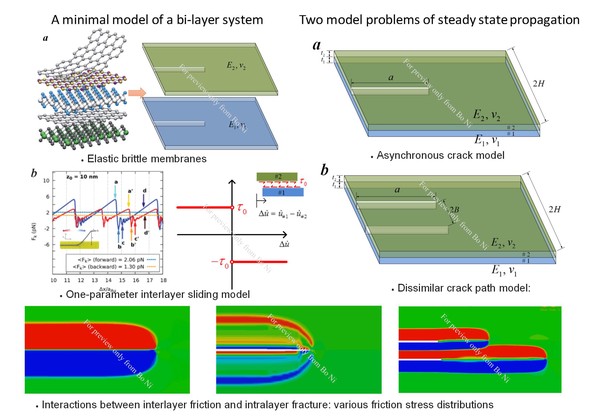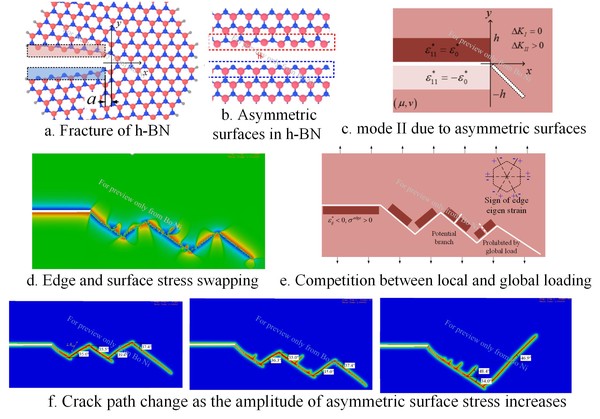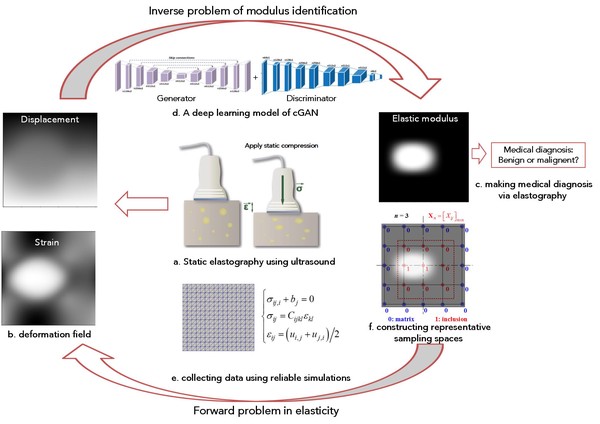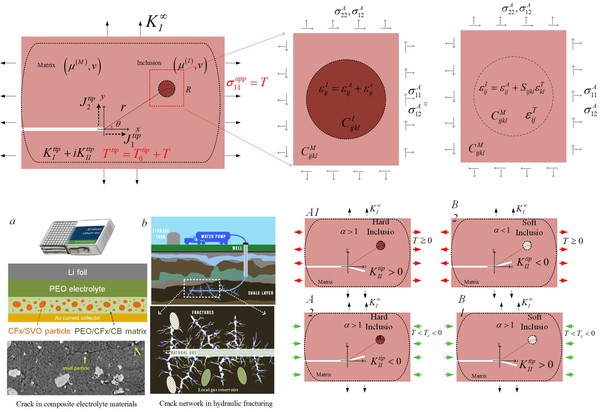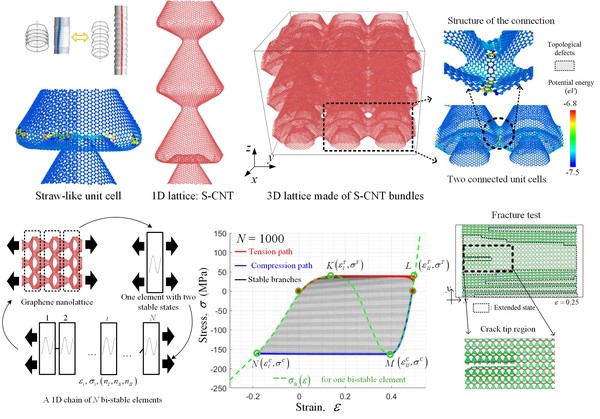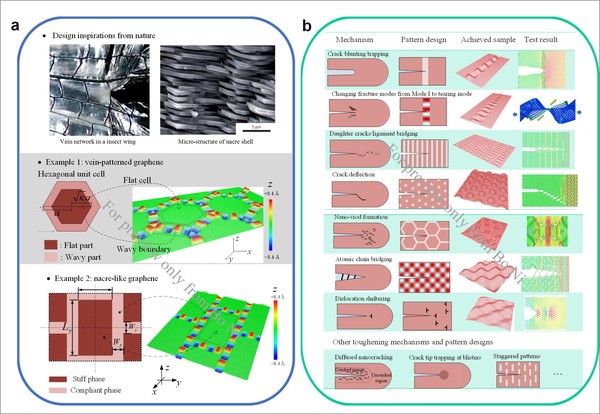PhD student
Brown University
Hello, my name is Bo Ni.
I am a PhD student majoring in Solid Mechanics under the supervision of Prof. Huajian Gao at Brown university.
My PhD research concentrates on understanding fracture of two-dimensional (2D) materials and exploring effective strategies to toughen them and related systems. My motivation comes from the fact that 2D materials, as atomic-thin brittle layers, are intrinsically vulnerable to fracture, and for robust applications it is essential to toughen them. The objective of my research is to improve the understanding of fracture in 2D materials, especially on how crack interacts with topological defects, out-of-plane curvature, edge stress and interlayer friction, and to take advantages of these couplings to design tough 2D materials and their integrated systems. To study these couplings, I adopt multiscale frameworks integrating density functional theory (DFT) calculation, molecular dynamics (MD) simulation, phase field/phase field crystal (PF/PFC) modeling, continuum mechanics (CM) theories as well as data-driven machine learning (ML) approaches. I also collaborate with some amazing experimental researchers. I hope my research would help to unveil the novel aspects of solid mechanics in 2D materials and inspire rational design of robust 2D material devices and related systems.
For more detials, please visit my research description pages.
